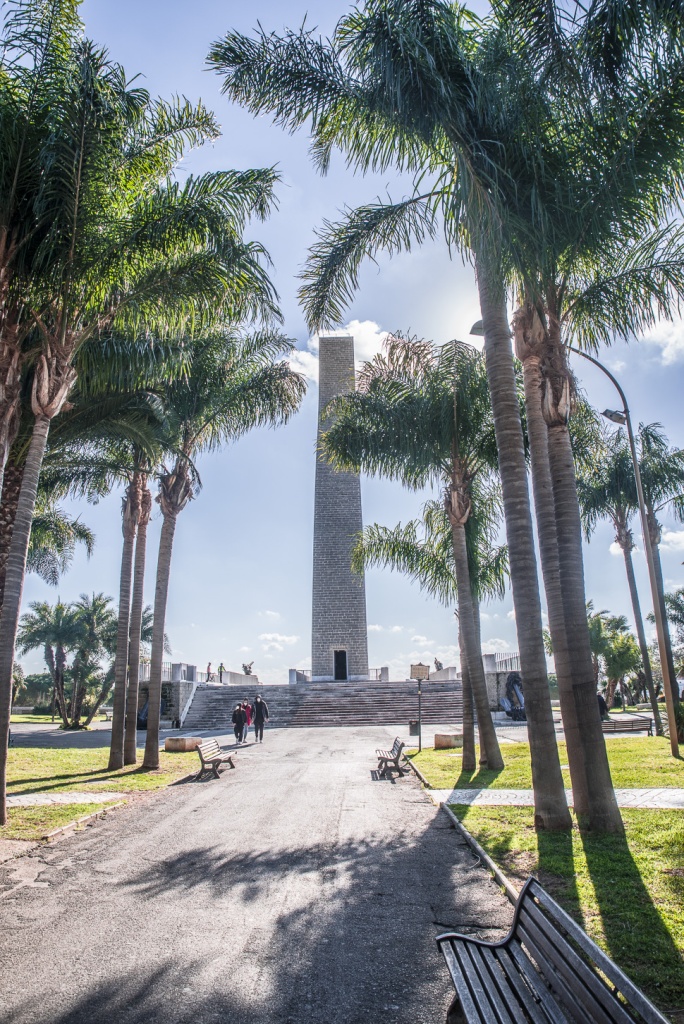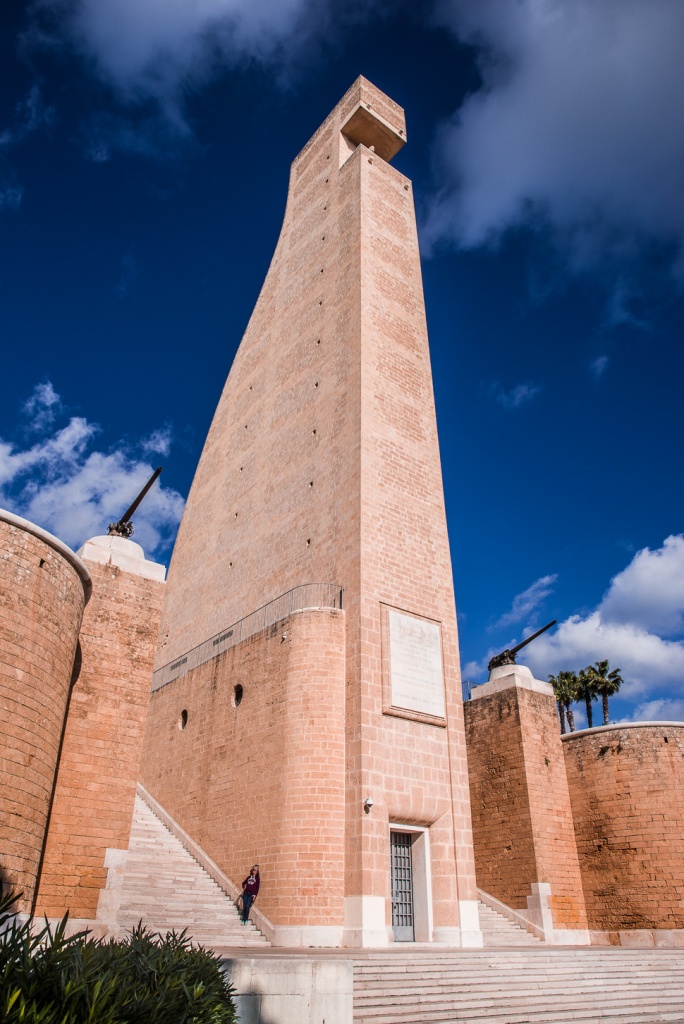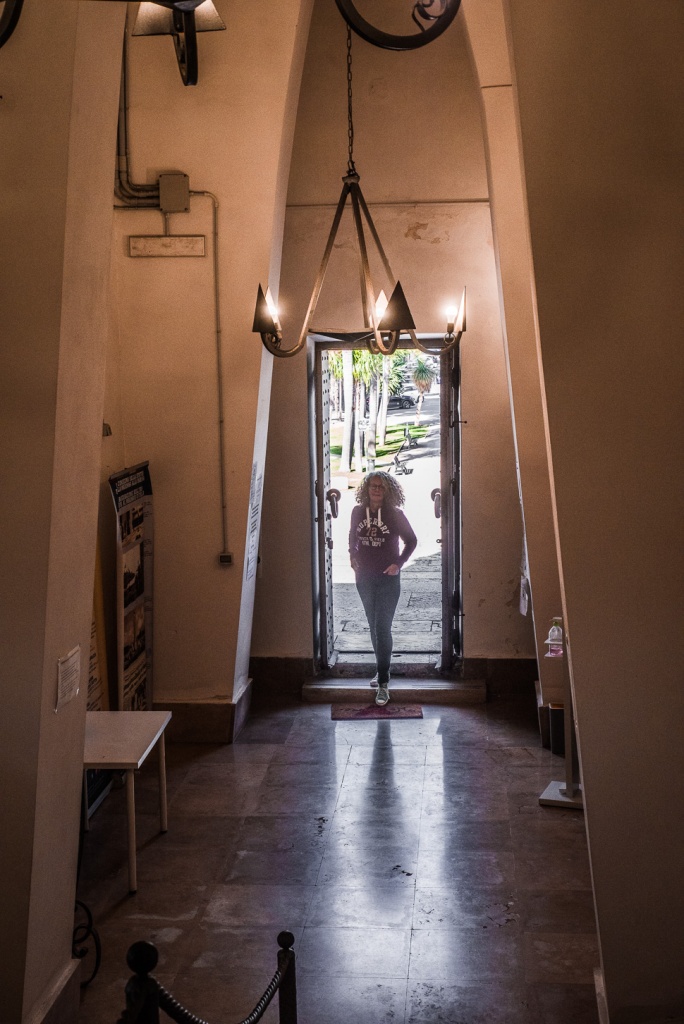
We had planned a short visit to Brindisi and a hike in the countryside afterwards. We first stopped next to the airport of Brindisi, where an exceptional church stands, surrounded by planes, cars and industrial buildings – Chiesa Santa Maria del Casale.

The church of Santa Maria del Casale is a Romanesque – Gothic construction, erected at the end of the 13th century. From May 1310 the church and the annexed premises were used as the “chancellery” of the trial against the Templars of the Kingdom of Sicily, during which the absent knights were condemned.


Our next stop was at the “Monumento al Marinaio d’Italia” – a naval memorial built between 1932 and 1933 to commemorate Italian sailors who died in World War I.




The city of Brindisi was chosen by Benito Mussolini for the construction of the memorial because its port had played a strategically important role in controlling the Adriatic during the war with the Otranto Barrage – a naval blockade of the Otranto Straits between Brindisi and Corfu.

We had planned a hike through the olive groves south of Brindisi, but already on the way to our starting point we noticed all the dead olive trees. We found out that a bacterium called Xylella fastidiosa is responsible for the dead trees. It already killed about 21 million olive trees in Apulia. The bacterium, which has been raging in this region for years now, was only known on the American continent before it was discovered in Apulia in October 2013. It is native to Costa Rica, and arrived here via the port of Rotterdam with a shipment of oleanders. There is no cure for the trees, if they are infected with the bacterium.

We changed our plans, as hiking for hours through dead trees didn’t tempt us. Instead, we drove further to Lecce, to explore the centre of the Apulian baroque. More on our next post!
